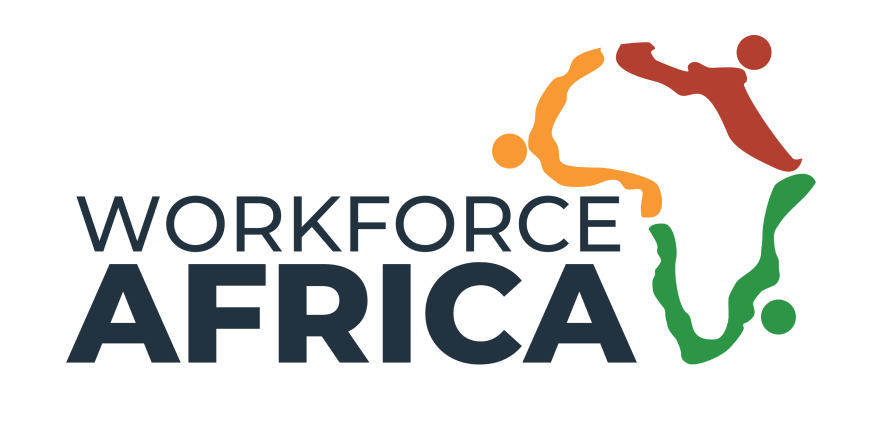For decades, HR has been viewed as a cost centre, and the department has lived by the worthy but uninspiring mandate to optimise labour costs and reinforce compliance.
However, in the past couple of years, there has been a shift in the way many organisations think about HR. That’s because, since the beginning of the pandemic, the latent values of HR has become more visible.
As businesses grapple with the lingering effect of the pandemic, more and more executives are reaching out to HR for input on managing the shift to remote and hybrid work, flexible schedules and changing employee expectations.
In this article, we’ll explore some of the more profound ways HR can bring value to the c-suite and the entire organisation.
Recommended Post: How to Present HR Initiatives for Top Management Buy-In
How HR Add Value to the C-Suite and Organisation
Building a Strong Employer Brand for the Organisation
In today’s environment, where top talent is highly mobile, the public perception of a company is one of its most crucial assets.
Considering that a positive employer brand communicates that the organisation is a good employer and a great place to work, a strong employer brand is one of the most critical ways to attract, engage and retain the best people.
Through carefully crafted initiatives and a well-managed reputation, HR can make the organisation more attractive to new talent and help retain employees by working with the C-suite to enhance the company’s employer brand.
When it comes to employer branding, the small things count. Things like:
- How well leadership communicates the company’s mission, vision and values – and how well employees’ contributions are valued.
- How the c-suite responds to feedback from employees
- How applicant rejections are handled
- How the company responds to employee and applicant reviews on employer-rating websites
Usually, HR is the arm of the organisation that serves as a liaison between the executive suite, employees and the public on these issues.
Therefore, how intentional HR is in managing these processes go a long way in positioning the organisation. In the end, a solid employer brand drives growth and a better bottom line.
Leveraging Technology to Build HR Value
Leveraging the right HR technology can do a world of good for businesses. When different companies have different needs and would therefore require context-specific solutions, below are some of the available ways that HR technology solutions can add value to organisations:
- Ensuring compliance by documenting employee information in a consistent and confidential format
- Mapping and facilitating employee learning paths for talent development and succession planning
- Aiding effective onboarding processes for new employees
- Enabling employees’ access to benefits
- Monitoring field employees
Adding HR Value to the Merger & Acquisition Process
When poorly managed, M&As can have a very adverse effect on employees. Consulting with HR leaders in the C-suite can help executives navigate mergers and acquisitions more successfully. However, that requires a change from the way the M&A process is usually handled.
When M&As are typically shrouded in secrecy, by contrast, when executives bring HR leaders into the loop earlier in the M&A negotiations, HR can start planning the best way to merge the two organisations’ cultures to support retention and an easier transition when the deal is signed.
One of the most potent ways that HR can add value is to enable smooth and seamless acclimatisation of new employees through team building activities and meetings that initiate the creation of a new culture that better serves both groups.
HR also sets up an onboarding process that gives acquired employees the information they need when they’re likely to feel worried or unsure about their roles.
Again, making an excellent first impression – one that’s informative and welcoming – can reduce the risk of losing acquired employees after the deal closes.
Another area in which HR adds value is in providing due-diligence insights about the target company:
- Potential liabilities: does the target company have shareholder concerns and negative publicity?
- Employee learning and development records: Has the company invested in training its talent and developing their skill sets?
- Existing policies and procedures: How did the target company do things? Will there be a big learning curve for those employees’ post-acquisition?
In a nutshell, an experienced HR team can support the c-suite with information to help them better value an M&A deal, limit risk exposure and negotiate favourable terms.
Therefore, it is evident that having HR leaders in the C-suite for critical discussions can provide essential insights, guidance, and support as a company grows and changes.








